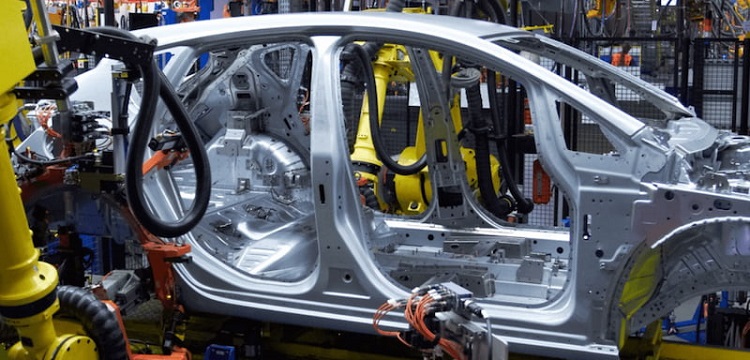At Caliber Technologies, we see a significant emphasis on sustainability. Our customers are increasingly turning to Computer-Aided Engineering (CAE) to create environmentally friendly products. By leveraging Caliber Tech’s expertise in various simulation tools, our customers can develop greener solutions that minimize waste, reduce energy consumption, and promote sustainable practices throughout the product lifecycle. At Caliber Tech, the following are a few ways we are leveraging our know-how in CAE to revolutionize sustainable design.
Table of Contents
Material Optimization
One of the key benefits of CAE is its ability to analyze and optimize materials. At Caliber Tech, we simulate the effects of different materials and their properties, helping them select the most sustainable options for their designs. This process can reduce material waste and ensure that only the necessary amount of material is used, minimizing the environmental impact while reducing unnecessary weight.
Lifecycle Assessment
CAE tools enable engineers to conduct comprehensive lifecycle assessments of products. By simulating every stage of a product’s life—from raw material extraction to production, use, and end-of-life—engineers can identify potential environmental impacts and areas for improvement. This holistic view helps in making informed decisions that promote sustainability.
Energy Efficiency Analysis
Simulation tools allow engineers to evaluate energy consumption in product designs. By analyzing how products interact with energy sources and environments, CAE can help optimize designs for energy efficiency. For example, in building design, CAE can simulate natural light usage and HVAC performance, leading to more energy-efficient structures.
Waste Reduction
By conducting simulations to identify design flaws early in the process, CAE significantly reduces waste. Our customers benefit from multiple iterations without the need for physical prototypes, ensuring that only the most effective designs move forward. This approach not only saves materials but also decreases the overall carbon footprint of the product development process.
Sustainable Manufacturing Processes
CAE can simulate and optimize manufacturing processes, allowing our customers to identify more sustainable methods of production. By analyzing factors like energy use, emissions, and waste during manufacturing, companies can adopt practices that reduce their environmental impact while maintaining product quality.
Design for Disassembly
Sustainability also involves considering the end-of-life of products. CAE enables our customers to design products with disassembly in mind, facilitating easier recycling and repurposing of materials. By simulating how a product can be taken apart, engineers can ensure that components can be reused or recycled effectively, reducing landfill waste.
Innovation in Sustainable Technologies
The integration of CAE with emerging technologies, such as artificial intelligence and machine learning, allows for the exploration of innovative sustainable solutions. At Caliber Tech, we combine CAE with state-of-the-art AI and ML approaches to simulate complex systems and analyze vast datasets to uncover new approaches to sustainability, driving innovation in product design.
Conclusion
The marriage of sustainability and CAE is paving the way for greener products that meet the demands of both customers and the environment. By utilizing simulation tools, engineers can make informed decisions that minimize waste, optimize resources, and enhance energy efficiency throughout the product lifecycle. As industries continue to face pressure to adopt sustainable practices, the role of CAE in facilitating eco-friendly designs will only grow in importance.

